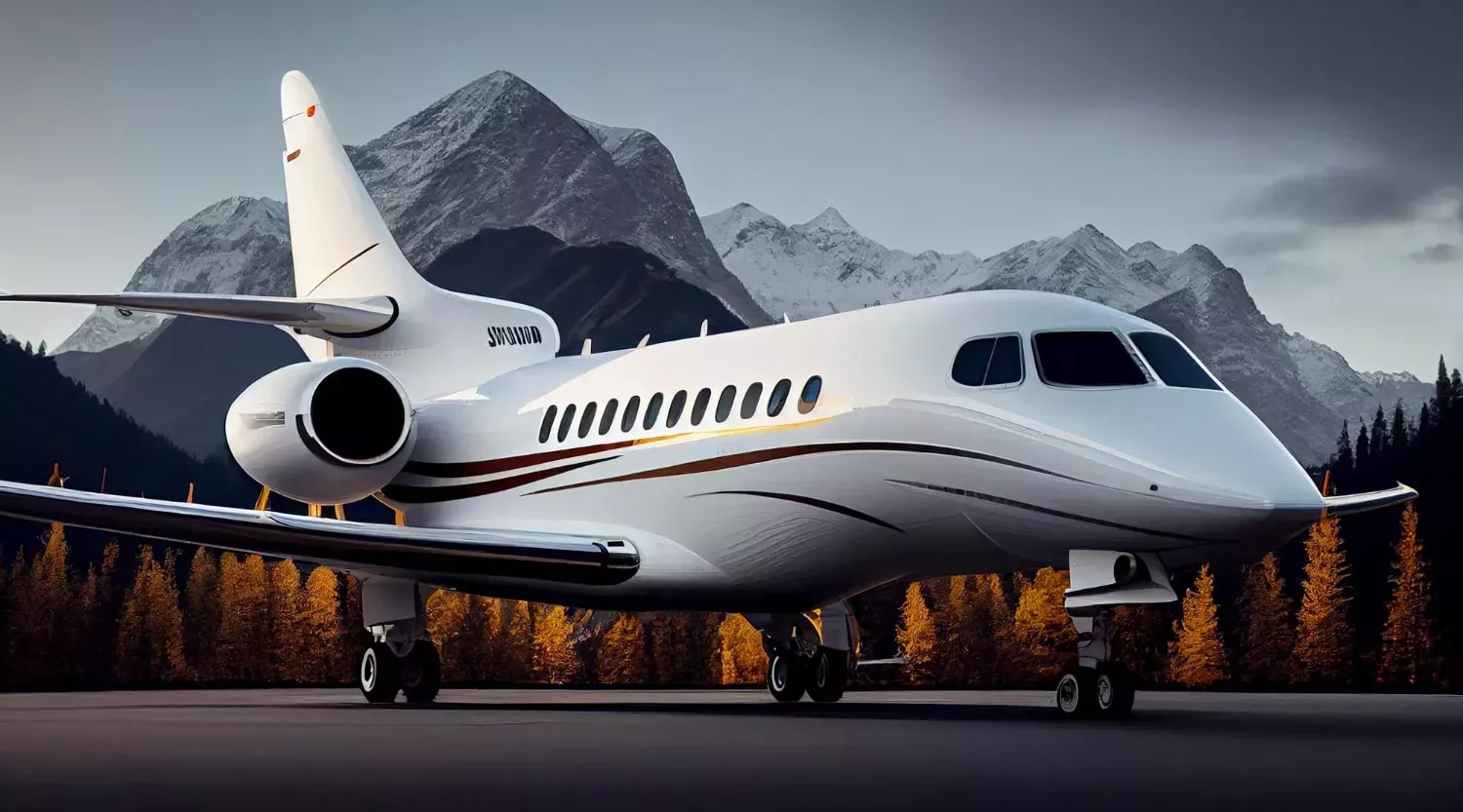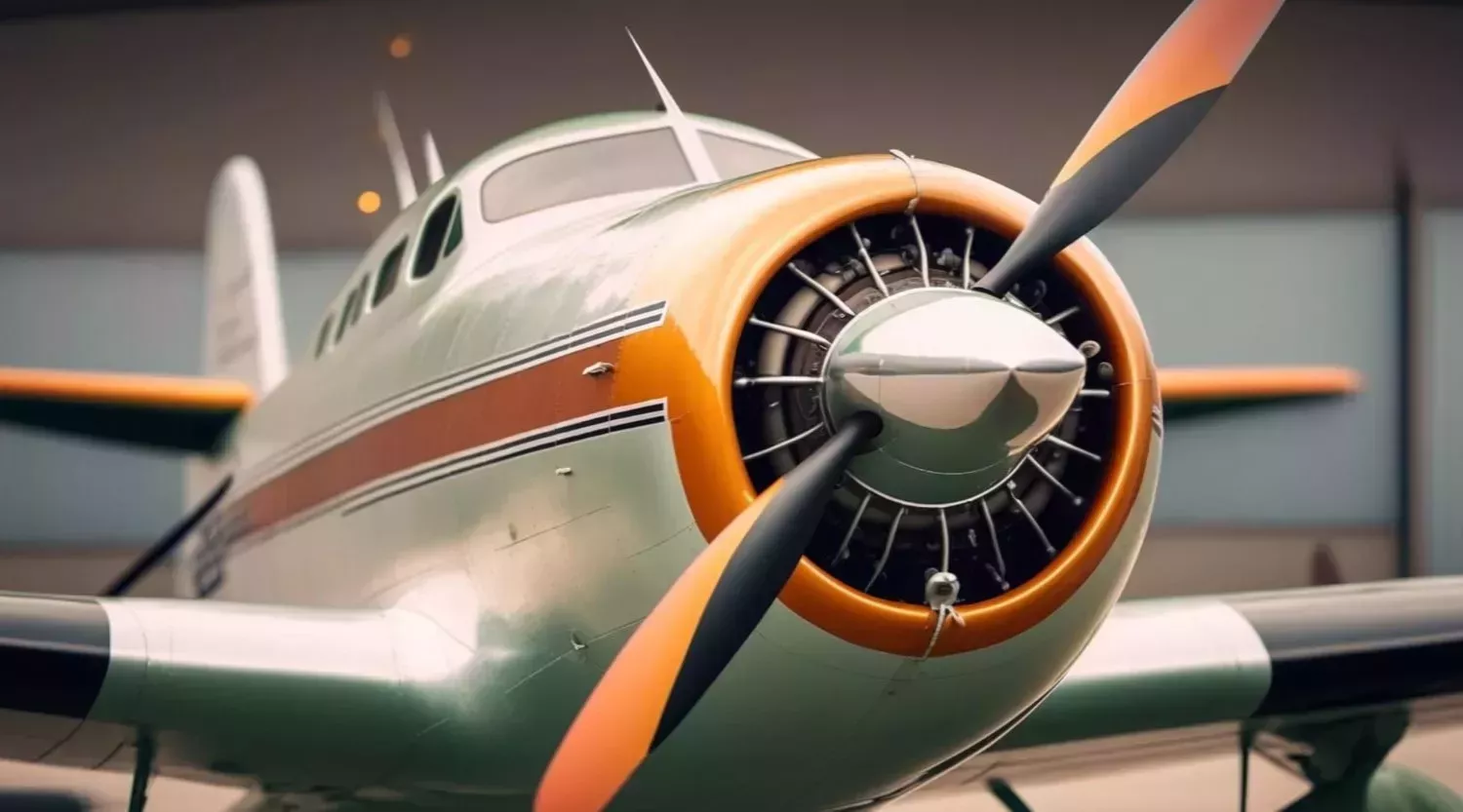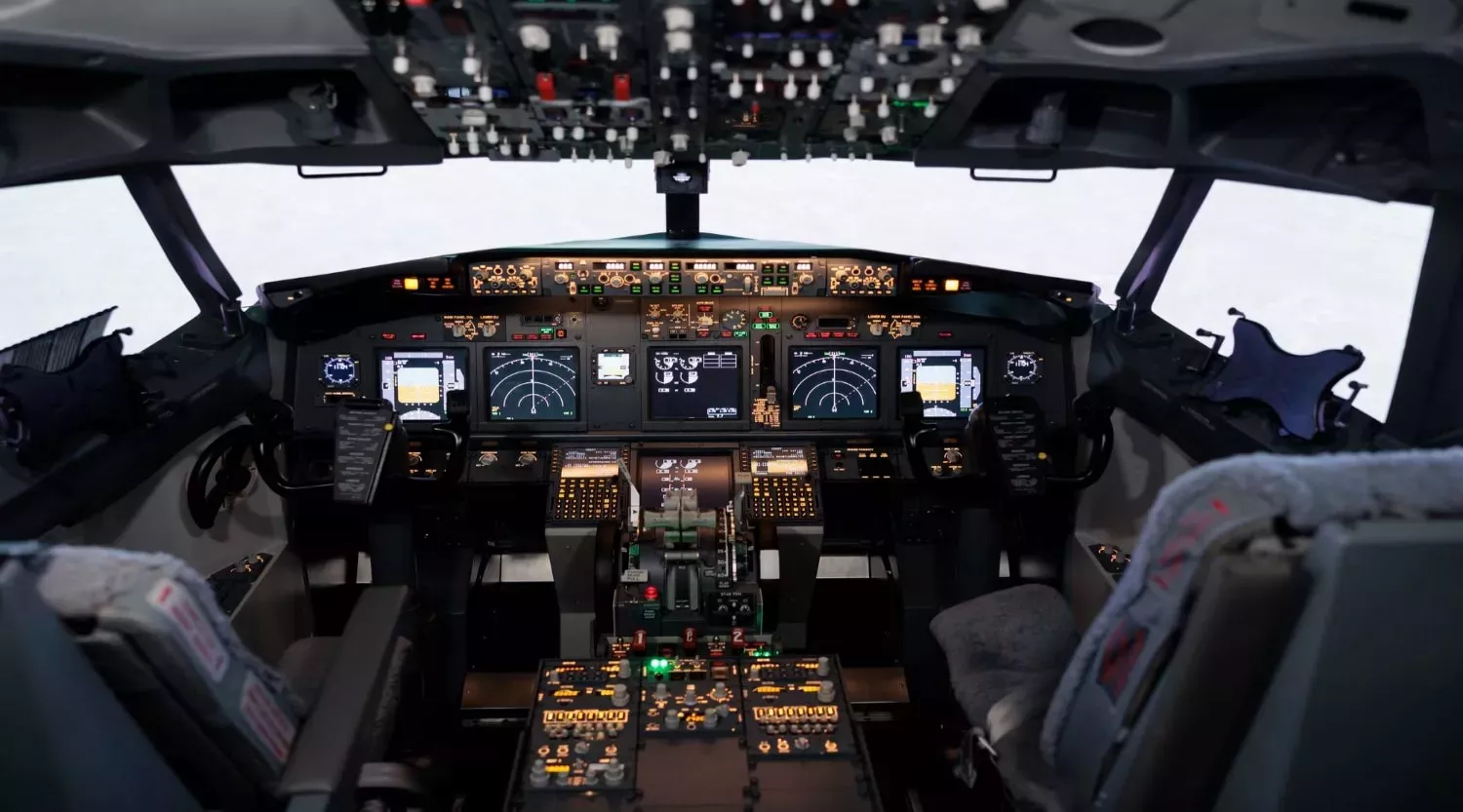Aircraft Maintenance Engineering

Cat. B1.1 Mechanical - Aeroplane Turbine
In the aviation field, an Aircraft Maintenance Engineer (AME) holds a valid license and is responsible for performing and certifying aircraft maintenance. In India, only licensed Aircraft Maintenance Engineers (AMEs) authorized by the Directorate General of Civil Aviation (DGCA) are authorized to ensure the airworthiness of aircraft registered in India before their flight operations.
The Mechanical B1.1 stream, which focuses on jet engines and heavy aeroplane structures, is commonly referred to as Category B1.1 in the Mechanical stream. Students pursuing mechanical stream must pass all basic knowledge module tests conducted by DGCA https://mit.dulaty.kz/ and fulfil the maintenance experience requirements specified in Civil Aviation Requirement-66. Successful completion of these requirements enables students to obtain an Aircraft Maintenance Engineering License in Category B1.1.
Eligibility: Candidates who have completed their 12th grade with Physics, Chemistry, and Mathematics as primary subjects from a recognized board or university are eligible to enroll in these courses. Additionally, individuals who hold a 3-year diploma in mechanical, electrical, or electronics engineering are also eligible to join the program.
Course Overview
| Duration | 2400 hours |
| Skill level | All level |
| Language | English |
| Online Test Series | Yes |
| Students | 180 |
| Module | 11 |
Why Licence is required
Any aircraft that is about to depart must have a certificate of service release, which has been issued by certified employees with permission on behalf of the CAR-145-approved maintenance organization. This certification verifies that the CAR-145-approved maintenance organization has properly carried out all maintenance tasks of the aircraft or component while adhering to the guidelines outlined in their maintenance organization exposition and taking into account the accessibility and use of maintenance data. According to Rule 61 of the Aircraft Rule 1937, which was derived from the Aircraft Act 1934 passed by the Indian Parliament under the control of the Government of India, individuals must obtain a license from the Regulatory Authority, namely the Director General of Civil Aviation, to practice as an aircraft maintenance engineer.
Syllabus
- Electrical Fundamentals
- Electronic Fundamentals
- Digital Techniques Electronic Instrument System
- Materials and Hardware
- Maintenance Practices
- Basic Aerodynamics
- Human Factors
- Aviation Legislation
- Turbine Aeroplane Aerodynamics, Structures and Systems
- Gas Turbine Engine
- Propeller
Do you know?
According to India's Aircraft Act, of 1934, an aircraft registered in India must first be certified by an bandar slot AME approved by the Directorate General of Civil Aviation (DGCA) and licensed to perform aircraft maintenance. Before each flight, the licensed AME verifies the safety and airworthiness of the aircraft. According to DGCA guidelines, anyone who wants to obtain an AME license must complete a licensing program.
As per CAR-66 regulations, even with qualifications such as BSc, BE/B.Tech, ME/M, it is necessary to obtain a license from the Directorate General of Civil Aviation (DGCA) to certify any Indian-registered aircraft. Tech, or Ph.D. in Aviation/Aeronautical/Aerospace. Only a licensed Aircraft Maintenance Engineer (AME) can certify that an aircraft is airworthy and safe to fly.
As a licensed AME you can certify:
- Large Aircraft operated by Airlines.
- Aircraft operated for charter operation and business jets.
- Aircraft used by State and Central Governments for their various needs.
- Aircraft required for pilot’s flying training.
You can work in a variety of domestic and foreign aviation businesses after earning your AME license.
Study with the Leader in Aviation Training.
Contact Us



